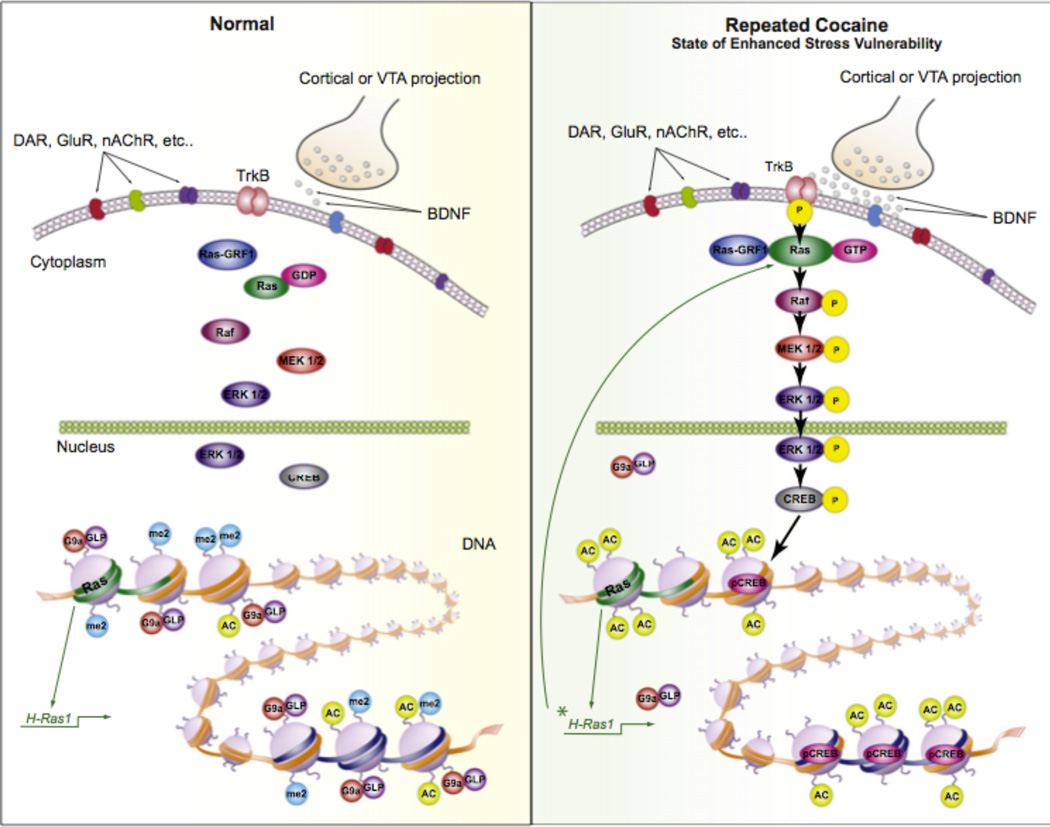Figure 3. Enhanced Vulnerability to stress via cocaine-Induced priming of BDNF signaling in NAc.
Repeated cocaine increases vulnerability to the depressive-like effects of social defeat stress via priming BDNF signaling through Ras induction in NAc. Under control conditions (left view), BDNF activation of TrkB signaling is limited. However, after repeated cocaine (right view), BDNF-TrkB signaling is elevated in NAc, causing enhanced phosphorylation and activity of downstream-signaling mediators including CREB. This cocaine-initiated maladaptive response occurs not only through increased BDNF signaling in NAc but also through increased Ras expression as a result of decreased G9a binding, and decreased H3K9me2, at the H-Ras1 gene promoter. Chronic stress is associated with similar adaptations in this brain region. Ras also appears to be a target for CREB, creating a positive feed-forward loop, promoting CREB activation and Ras expression as well as depressive-like behavior. From 125.

